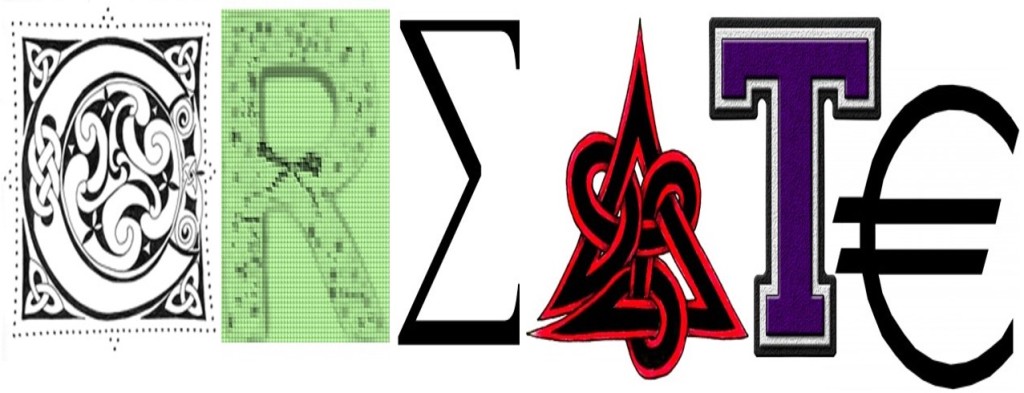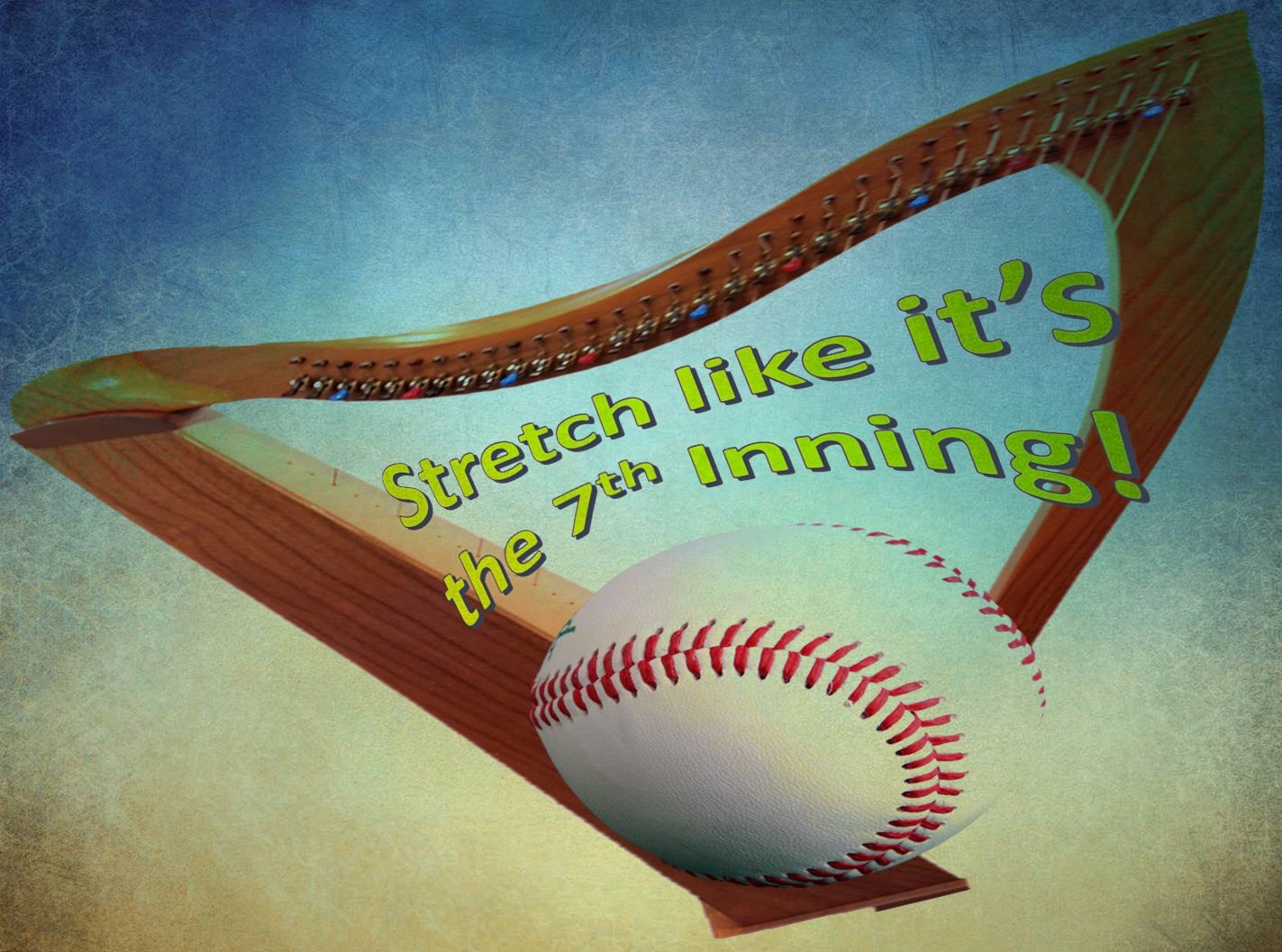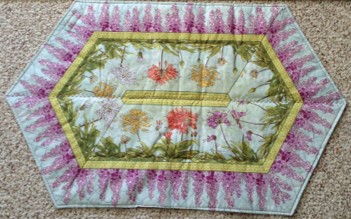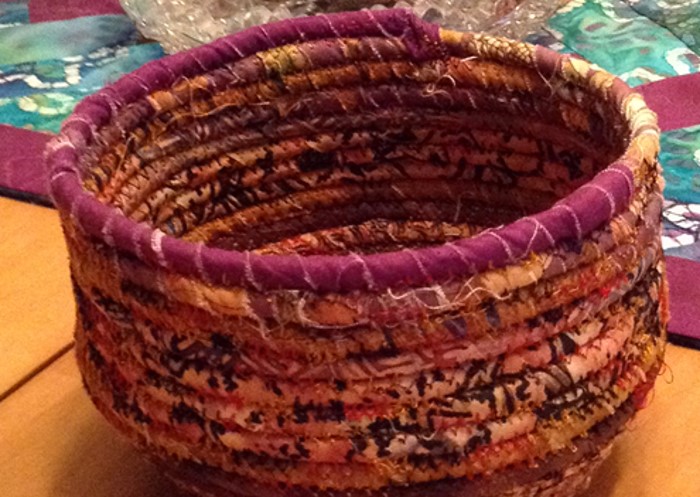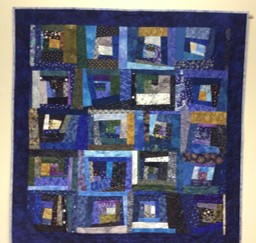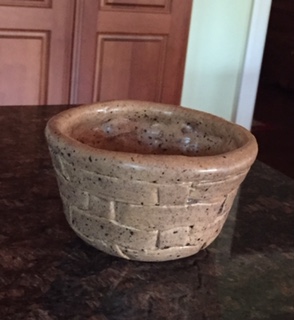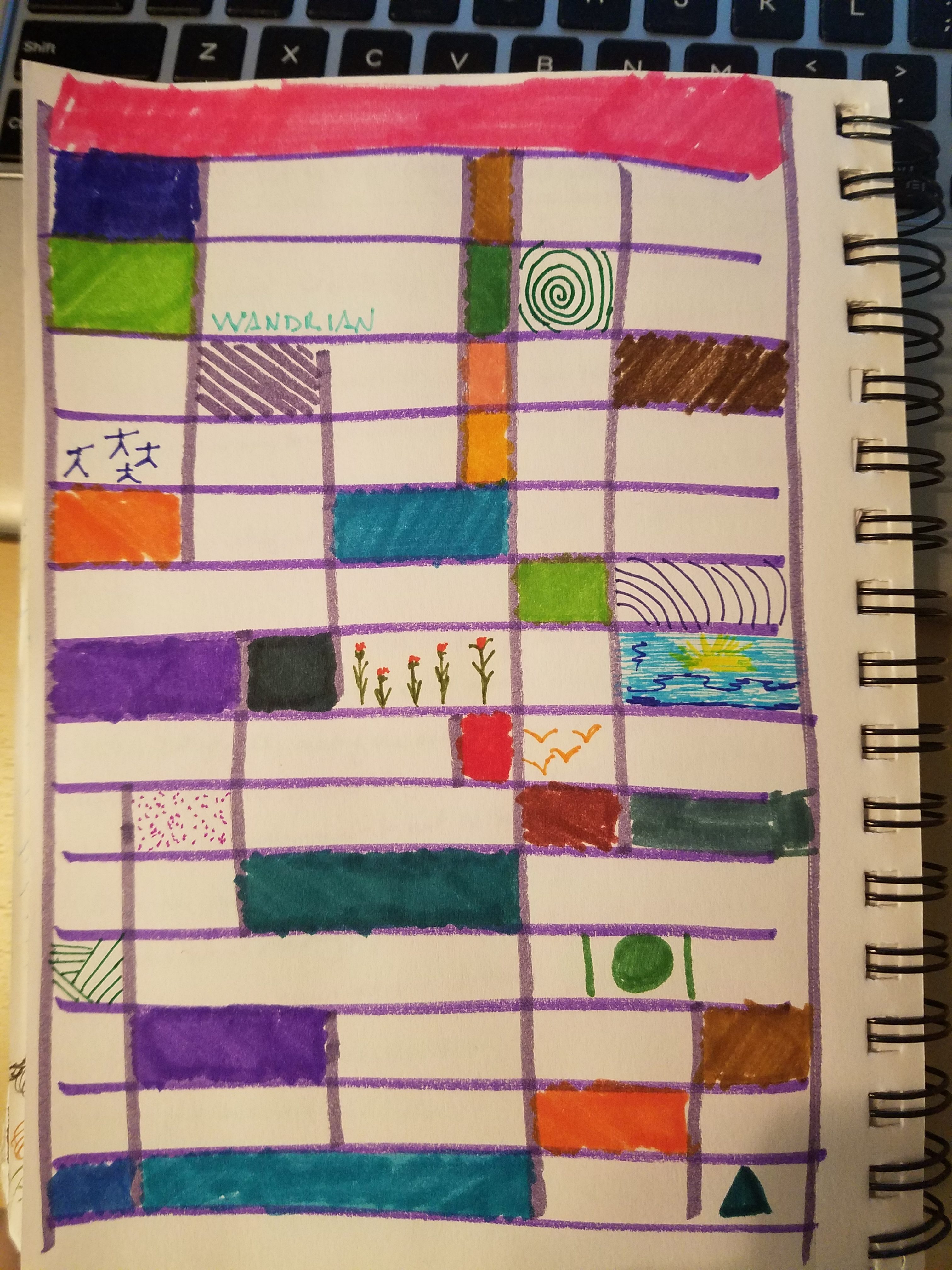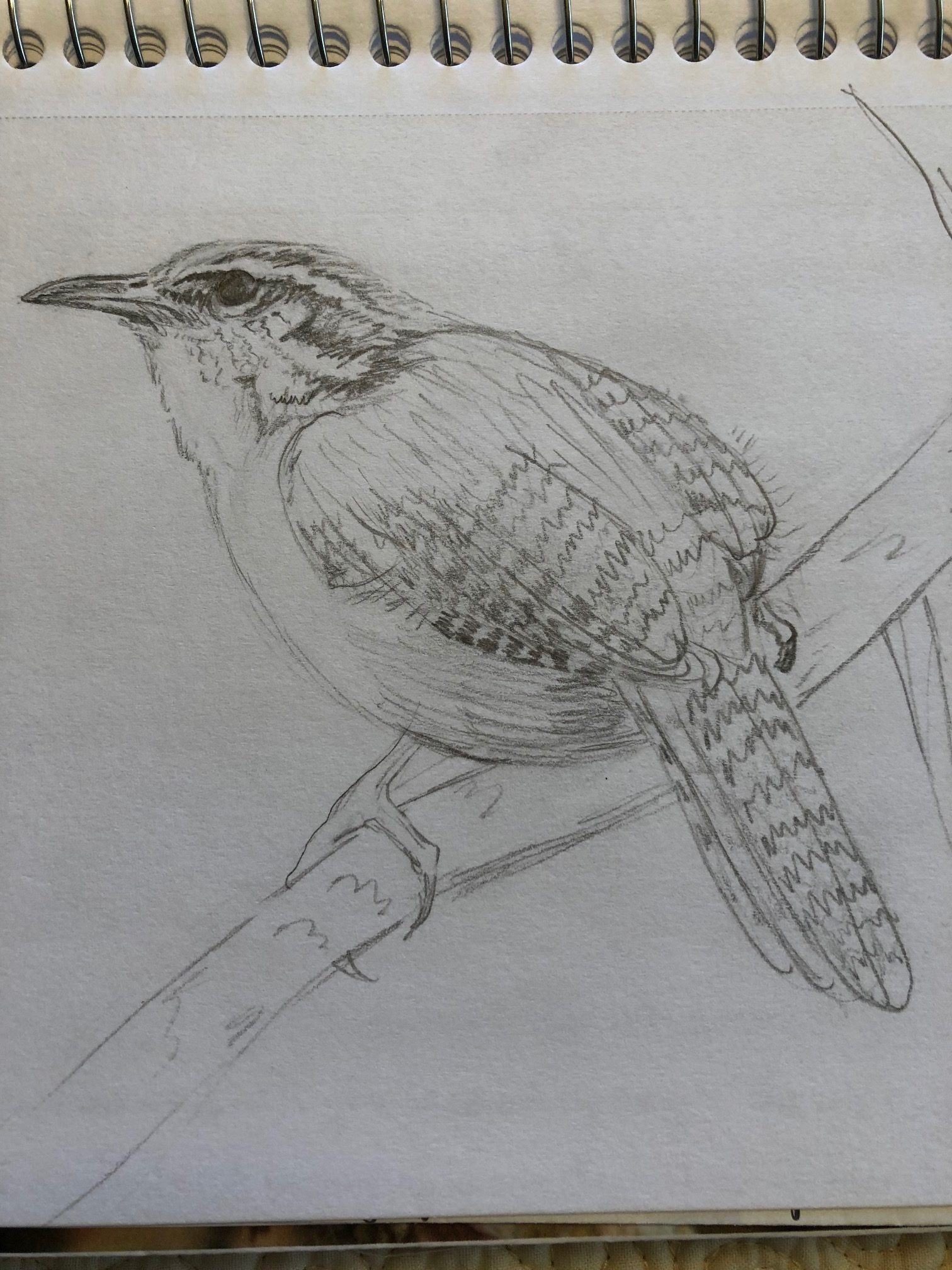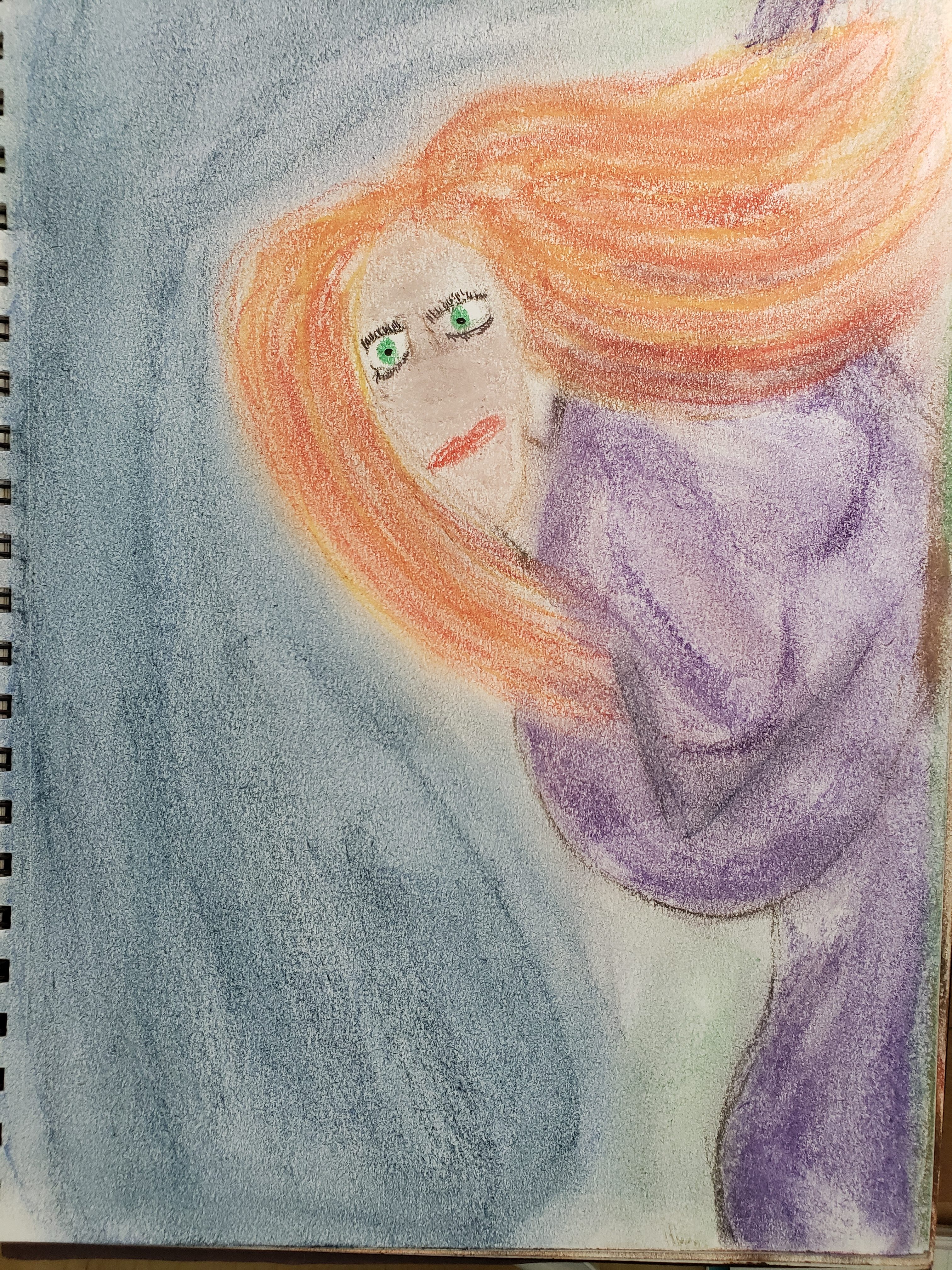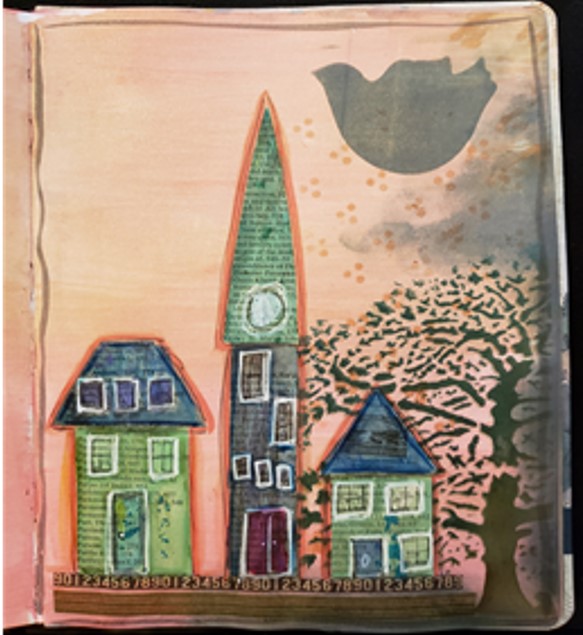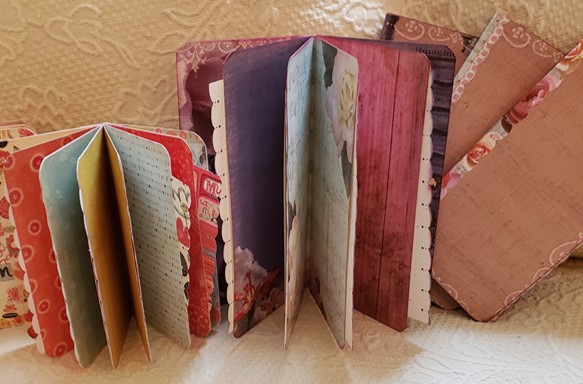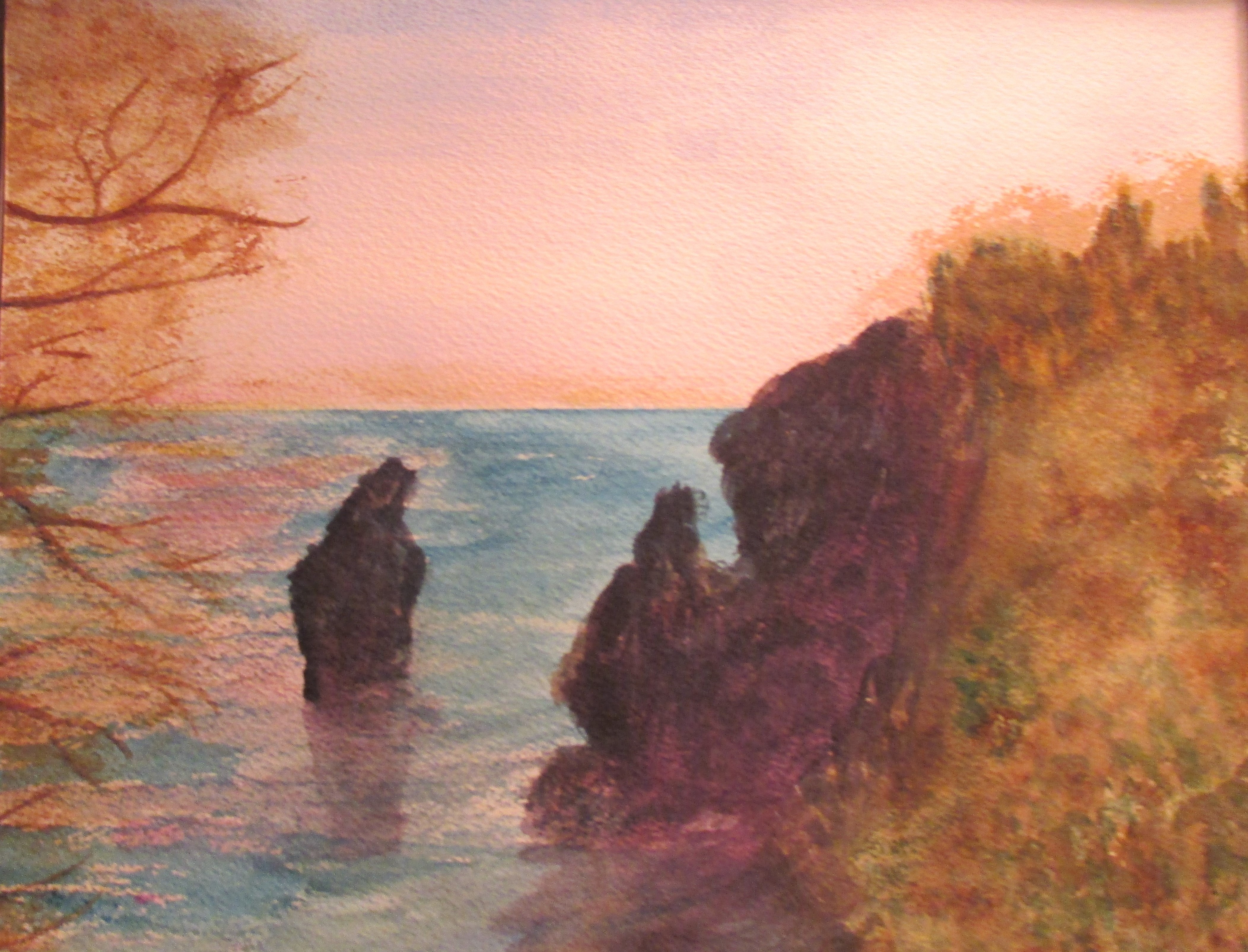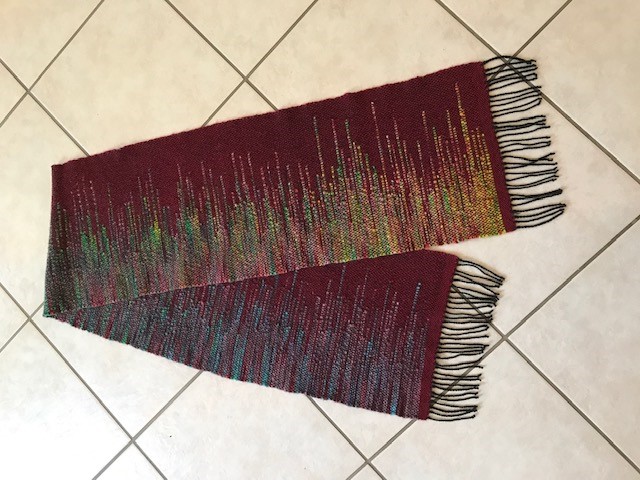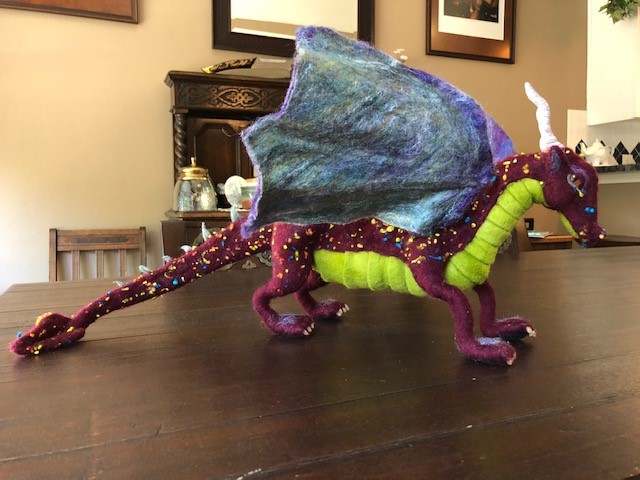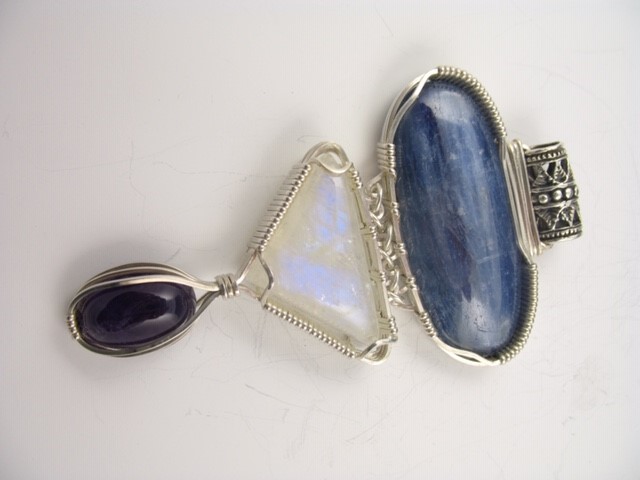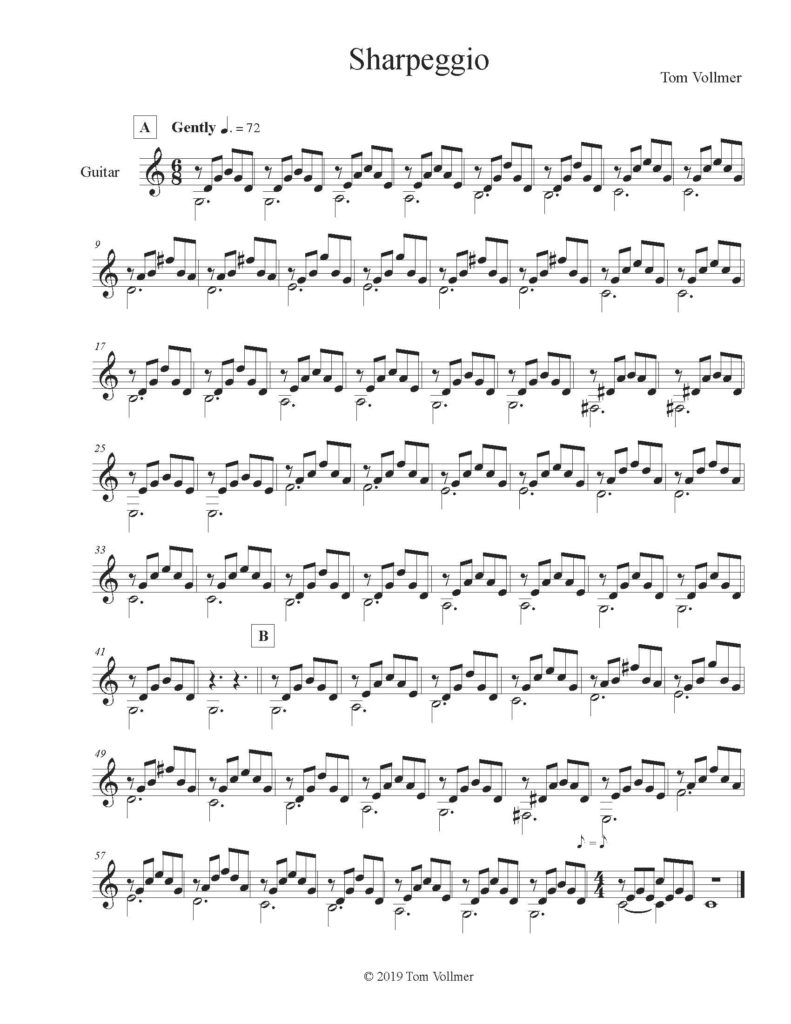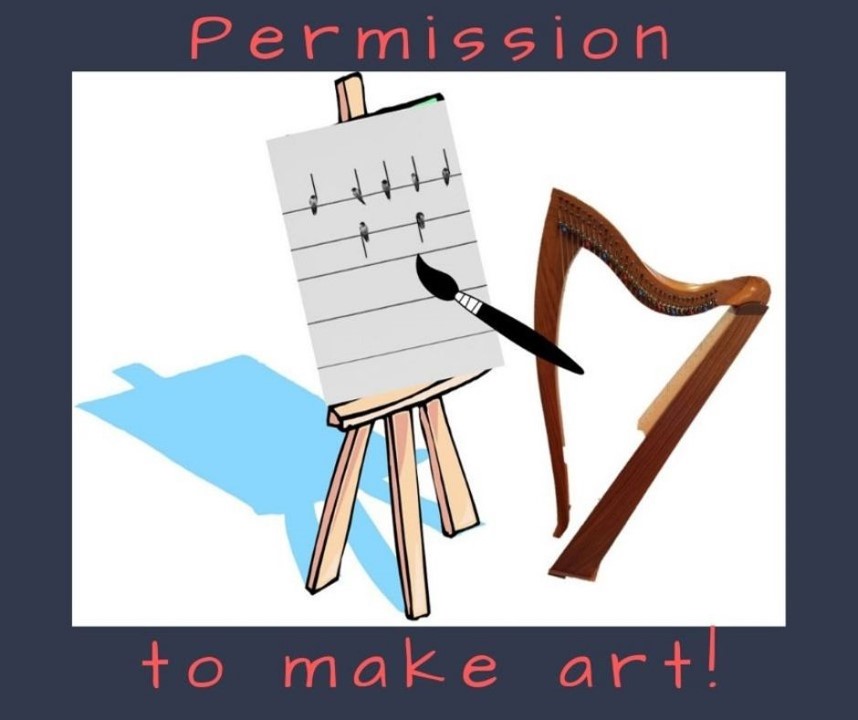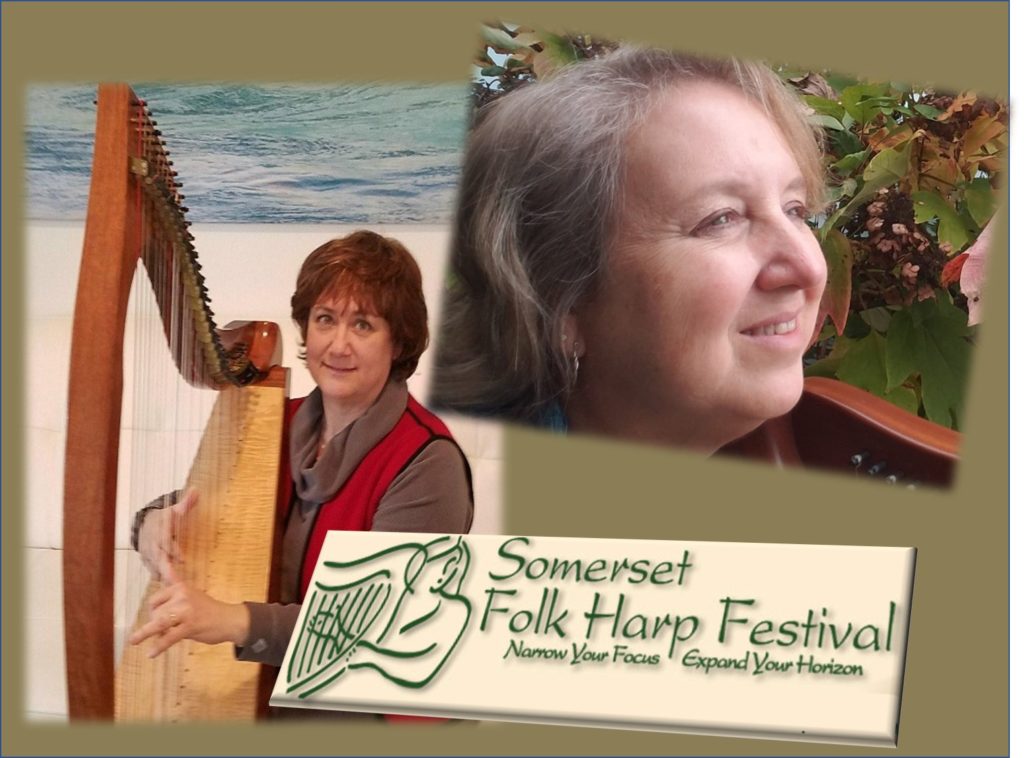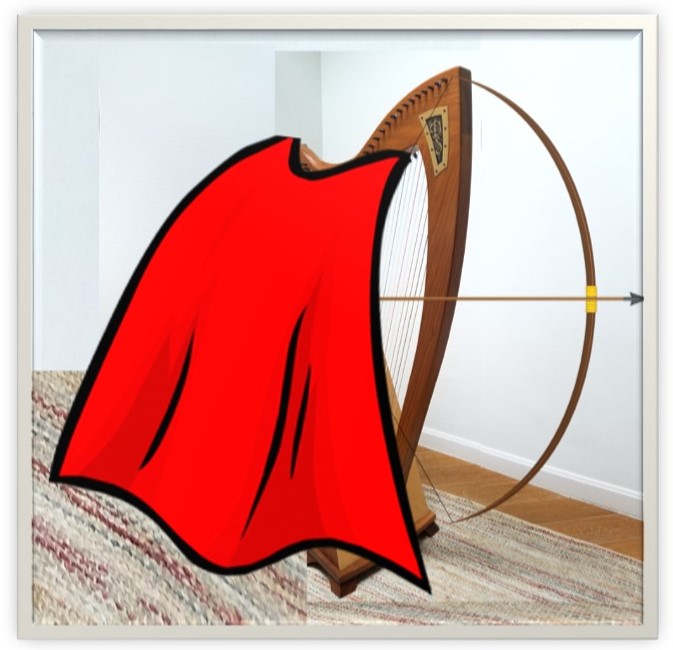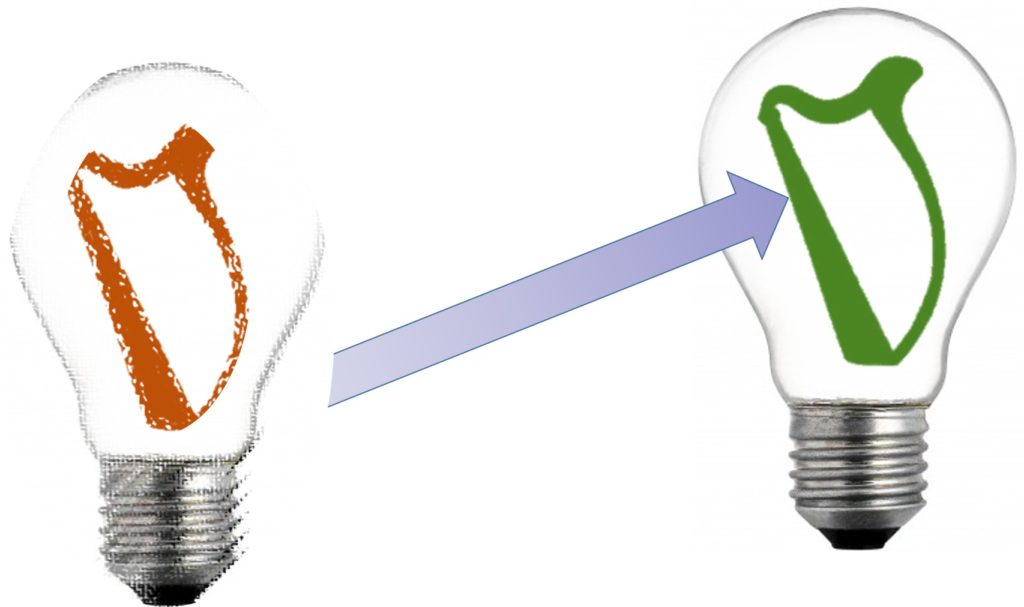So, we’re beginning week three of our composition challenge. How’s it coming along?
Hopefully you’ve found some stuff you like in your noodling and have begun to string some of those ideas together. And hopefully you’re enjoying the creating and not pooh-pooh-ing every idea you have generated!
Some of you may be ready to keep going in your compositions and to add some harmonies. There are lots of ways to do this. You could generate countermelodies or simple harmonies. Or you might want to stick in some chords to build harmonization. Here’s where being familiar with music theory could help you along.
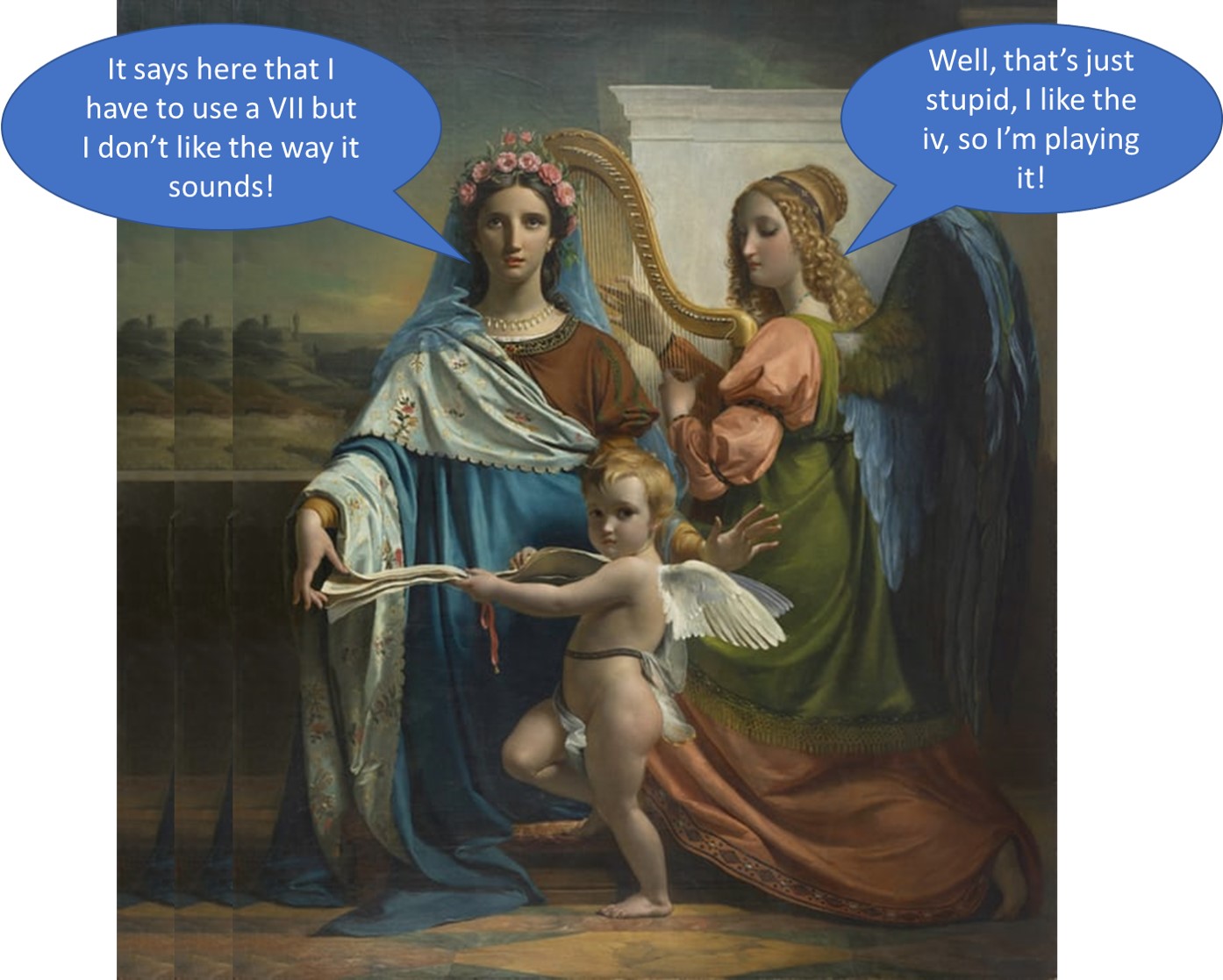 Come out from under the bed. Music theory isn’t scary! It sounds scary, but it really is just a way to talk about what we already know (yes, of course, we could make it scary – but why?!).
Come out from under the bed. Music theory isn’t scary! It sounds scary, but it really is just a way to talk about what we already know (yes, of course, we could make it scary – but why?!).
What might help you with your noodling composition? Maybe knowing what scale you’re using? Is it one of the frequently used scales (major or minor or one of the other modes)? Or have you used (or made) a different scale? Once you know that, you can begin to fit some chords that will enhance your melody*.
Scales are defined by the relationships of the notes in them.
Whaaa?
The intervals (whole and half) are the way scales are “measured”. Intervals are the distance between notes (if that doesn’t mean anything to you, no worries, it will eventually – you just keep noodling…and reading!). So, a Major scale is Whole, Whole, Half, Whole, Whole, Whole, Half. The Major scale is also called the Ionian mode. Meanwhile, a (natural) Minor scale (or Aeolian mode) is defined as Whole, Half, Whole, Whole, Half, Whole, Whole. The Dorian mode is another popular scale which starts on the second with the intervals Whole, Half, Whole, Whole, Whole, Half, Whole. A number of traditional tunes from Scotland, Ireland, England (and others) are Dorian. We’ll stop (for now) with the Mixolydian mode which starts on the fifth and is defined as Whole, Whole, Half, Whole, Whole, Half, Whole (note it’s very close to the major scale). This is the bagpipe scale so loads of Scottish (and Irish) tunes are in this scale.
What about the chords? Well, that’s sort of up to you, but if you were looking for a “rule of thumb” you might consider that for the Major (Ionian) scale, you might like using the I (root/tonic), IV (the fourth), and the V (the fifth). You could actually use this for everything, and it’ll probably work. But if you’re clearly in the Minor (Aeolian) scale, you might try the I, the VII, and the vi. And if you’re in Mixolydian, maybe the I and the VII.
Of course, there is no wrong. There might be jarring or sweet or “interesting” or perfect or harsh. This is when it’s time for your trusty recorder. Get your ideas down and listen to them over and over and over. Do they actually sound like you thought they did? You might find that what started as jarring becomes less harsh and more interesting as you listen to it more – all because you’ve become accustomed to it. And you might find that what seemed perfect is actually a little uninteresting…
So don’t throw out ideas. Capture them. Nurture them. Let them marinate in your ear and in your mind before you decide what to do with them.
What have you heard? What did you do? Did you modify your growing melody or it’s developing harmony? Let me know in the comments.
* this post is not meant to be a comprehensive theory lesson. There are many theory resources available in bookshops and online. But this isn’t meant to be an excuse to hide in a book – go forth, be bold, make mistakes, make memories, have fun, just enjoy…the theory words can be fitted later – just make some music!

